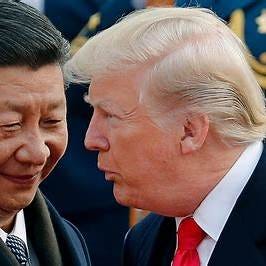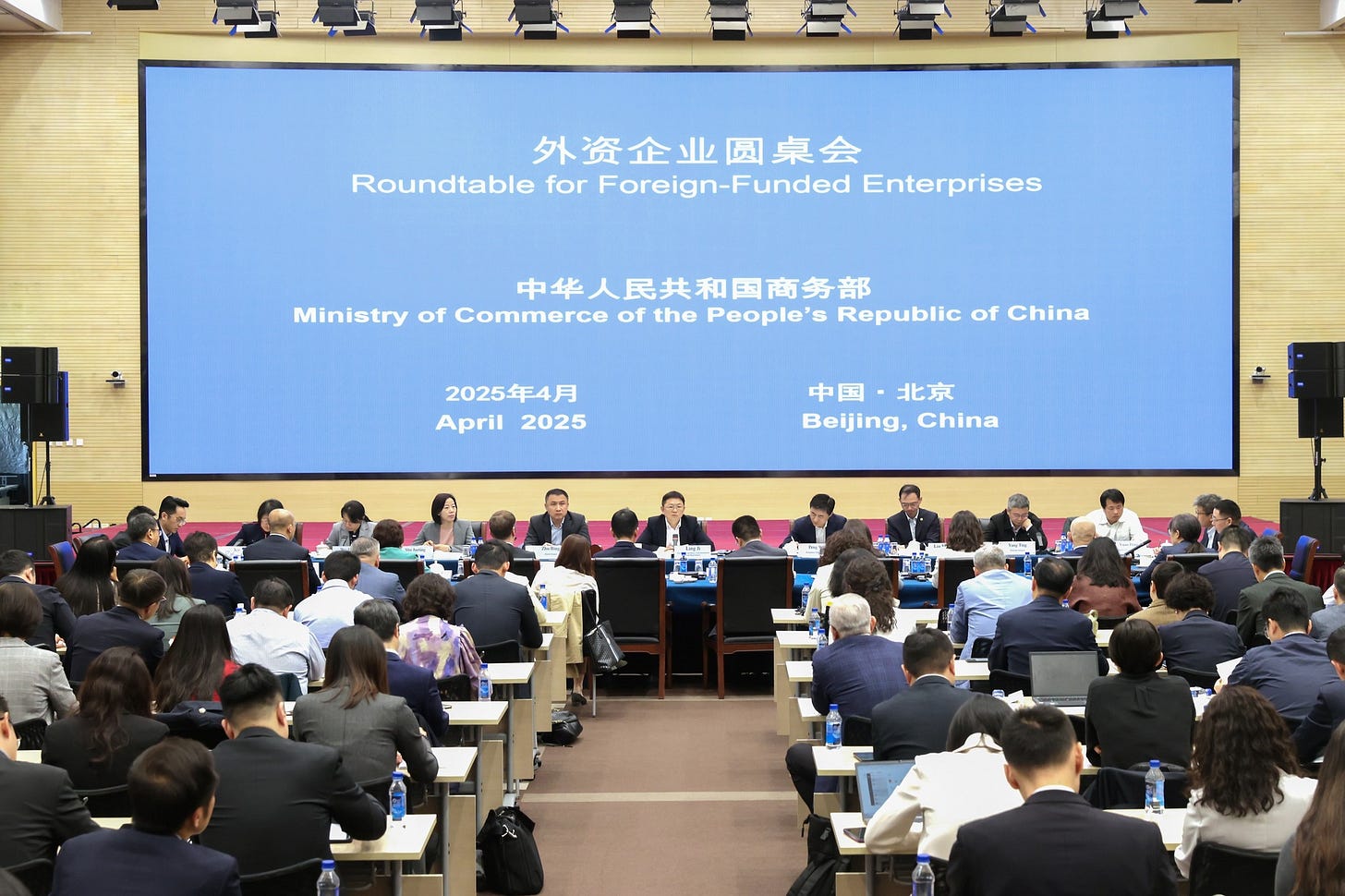Line of Control
A new era in the US-China relationship
All stories have an ending, even the most alluring. Friendships too have a lifespan all their own.
It was not just COVID-19 that accelerated the rupture between the US and China: it was Xi Jinping’s all-encompassing desire for self-sufficiency, while still profiting from global trade. This nationalist, autarkic mission was behind China’s failure to restructure its domestic political and economic systems when times were good, when Xi came to power more than a dozen years ago. China was then tipped to become the world’s largest economy. That is probably no longer possible— just as India has overtaken China’s lead in population.
💬 Past economic growth took root in a political system that was quickly evolving, and willing to reform. That era has ended, and failing to understand this fact is a grave analytical error.
In spite of this freeze on internal reforms under Xi, China’s economy continued on its path of export-led growth. As the largest trading partner for more than 100 countries, China’s products and supply chains became more integrated into the global economy, despite its Communist, government-controlled and directed foundations, which is nevertheless at odds with free markets in the rest of the world. Open markets are not an appendage that can easily be transferred between democracies and autocracies.
Occasionally these disconnects and the long arm of government intervention became visible, as in the case of Alibaba with its IPO, scheduled to be the largest in history, was cancelled by Beijing. These were hints for investors, but still, the China dream persisted.
However as internal issues multiplied—a weak economy, underperforming equity markets, spectacular property bust, sagging social safety net, the “gray tsunami,” and a steeply declining birthrate—domestic consumption, or dual circulation kept slipping gears. Covid inflicted its death blow. Beijing’s response has been to double down on exports, but the world is in a different place today, growing more slowly, and less willing to take on China’s surpluses.
In response to US tariffs, China’s Vice Minister of Commerce Sheng Qiuping has just announced that China will proactively increase imports and safeguard the interests of foreign companies in China. It might be too late; foreign direct investment has basically disappeared, and there are reports of current import orders of agricultural goods from the US being cancelled.
The reality, as seen in trade statistics, is that state-directed industrial policy is supporting the expansion of China’s manufacturing sector to produce everything from toys to drugs to EV’s—and is now leading a race to the bottom. Diminishing returns can be expected, as logistics and inventory cycles struggle to keep up with rapid policy shifts. If demand falls in spite of tariffs, China could once again play a deflationary role in the global economy. Commodity prices can be expected to continue their current decline.





